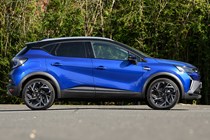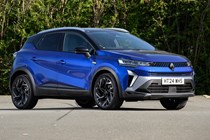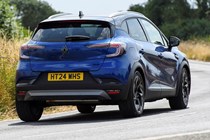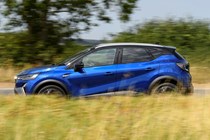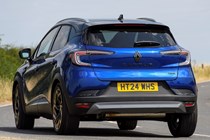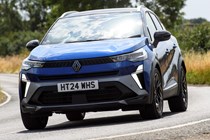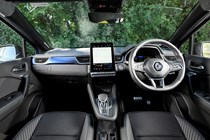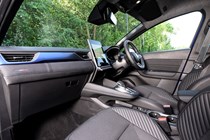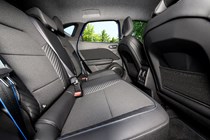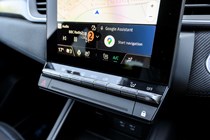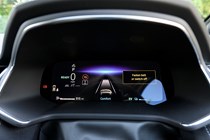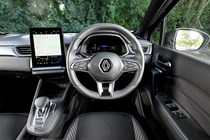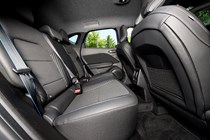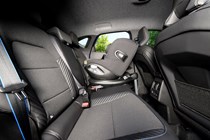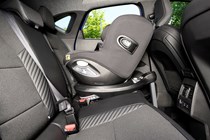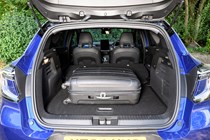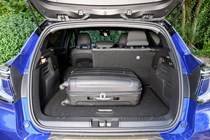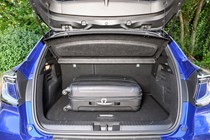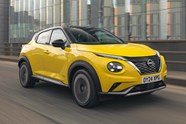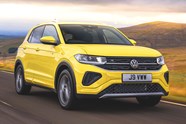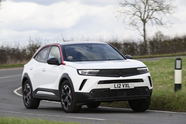
Renault Captur review
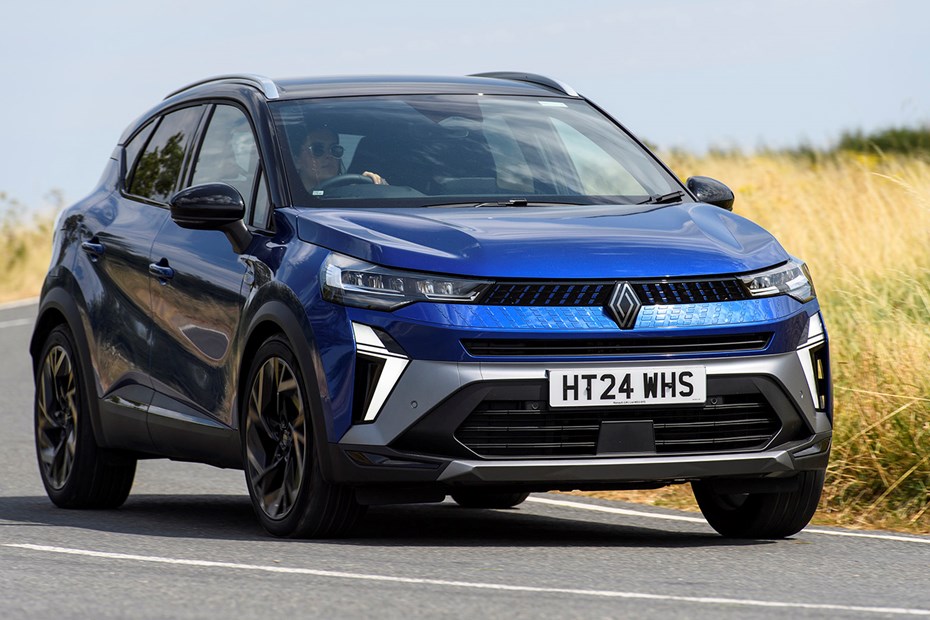
At a glance
| Price new | £21,695 - £28,195 |
|---|---|
| Used prices | £8,291 - £22,792 |
| Road tax cost | £180 - £190 |
| Insurance group | 7 - 22 |
Get an insurance quote with

|
|
| Fuel economy | 42.8 - 61.4 mpg |
| Miles per pound | 6.3 - 9.0 |
| Number of doors | 5 |
| View full specs for a specific version | |
Available fuel types
Petrol
Diesel
Hybrid
Pros & cons
- Spacious, flexible interior
- Quality materials, plenty of tech available
- Great value for money
- Limited powertrain choice
- Hybrid system isn't the most refined
- Slightly unsettled ride on top-spec models
Renault Captur rivals
Overview
The Renault Captur has been a huge success for Renault since its introduction in 2013, with more than two million sold. Its combination of style, compact dimensions and good value has been a winning formula, and continued with the second-generation model in 2020, which only moved things on further. It’s regularly among the best small crossovers you can buy
But the Captur has things much tougher than it once did. When it first launched a decade ago, it only had a couple of rivals, but Renault now pinpoints 30 cars that could be considered competitors. Key rivals include the Ford Puma, Skoda Kamiq and Peugeot 2008 plus posher options such as the Audi Q2 also vying for your attention.
Renault knows it needs to keep its refresh, which is why in 2024 it was facelifted again. The latest model introduced a new front-end style to tie-in with newer models like the Scenic E-Tech, along with an interior and technology boost.
Changes inside include a new touchscreen with various in-built Google services – such as Maps and its voice assistant – along with more recycled materials to improve sustainability. Small mechanical changes have also been made to the suspension and steering with the aim of improving how it drives.
Engine choice includes a highly-efficient hybrid model, along with a regular petrol version that’s still expected to account for the bulk of sales. Renault previously offered a plug-in hybrid version, but due to such limited sales, this has been discontinued.
Value is central to the Captur’s appeal, with competitive cash prices and typically punchy finance deals from Renault as well as third-party leasing companies. Standard equipment is very generous, with the entry-level Evolution trim featuring 17-inch alloy wheels, a 10.4-inch touchscreen, wireless smartphone charging and a reversing camera. It’s most certainly not short on tech.
The mid-range Techno adds 18-inch alloy wheels, various Google services and a larger digital instrument cluster and would be our pick of the line-up. Meanwhile, the top-spec Esprit Alpine (a new trim level as part of this facelift) comes with large 19-inch alloy wheels, a two-tone paint finish, adaptive cruise control and a heated steering wheel.
Keep reading to find out what we make of the Captur in four key areas. Our judging criteria include the driving experience, interior quality, practicality and importantly, what it’ll cost to run. If you’d like to learn more about how we reached our conclusions, check out our how we test cars explainer page.



